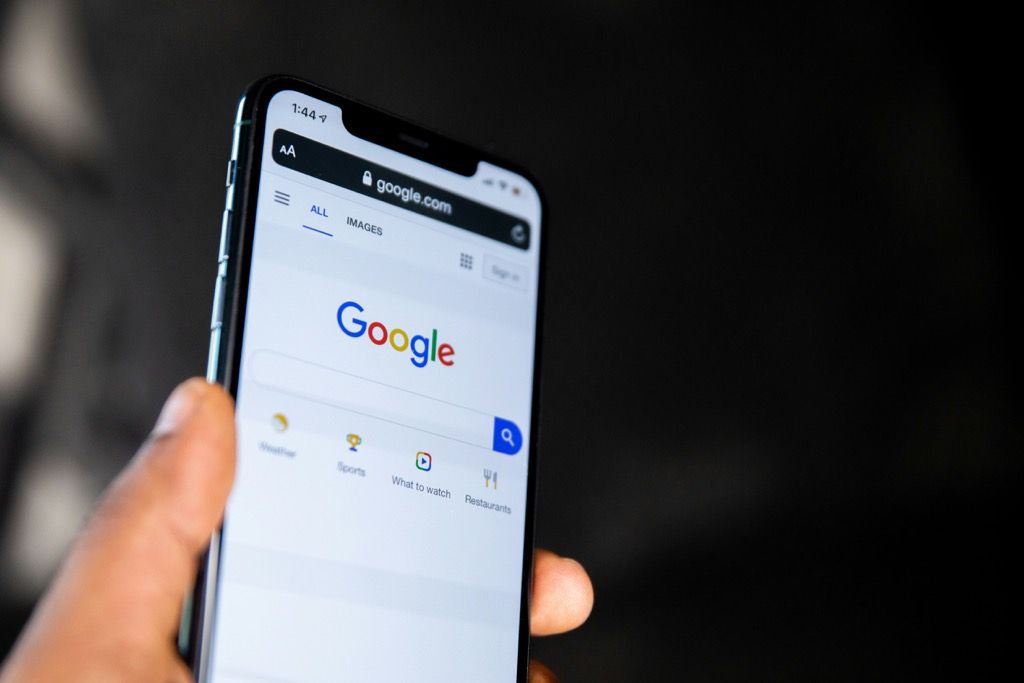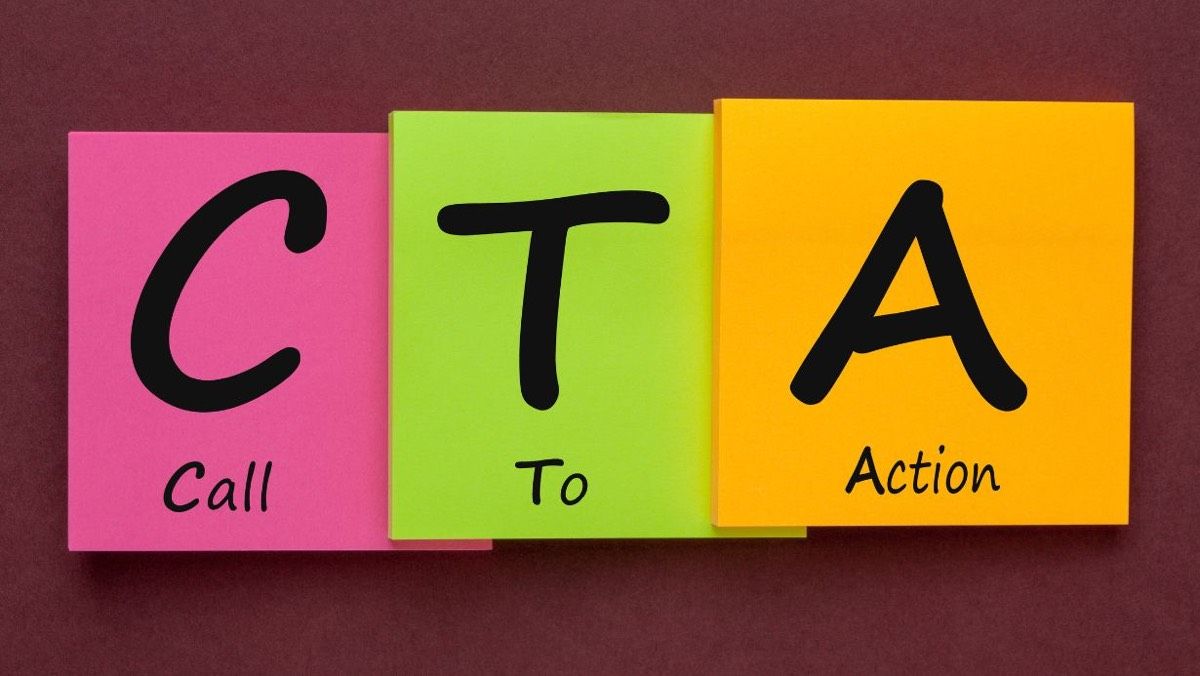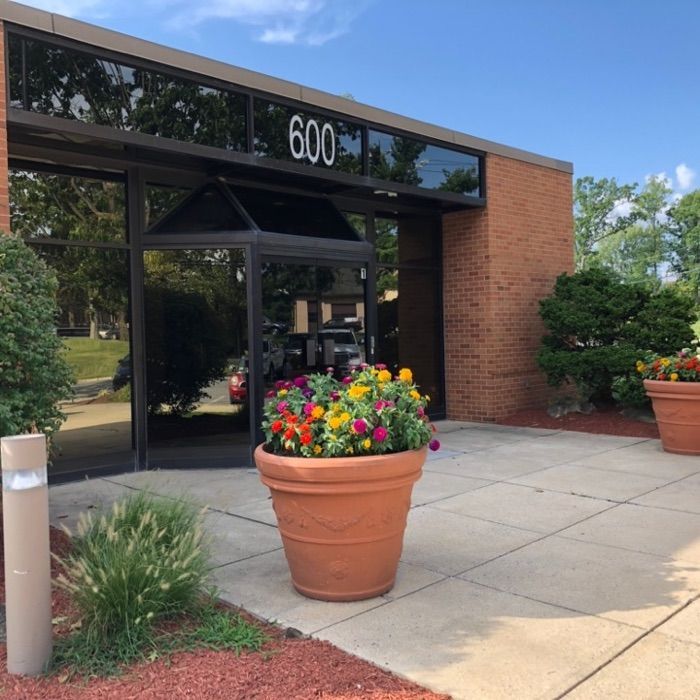Online Marketing: 3 Ways to Use Photos to Drive Web Traffic
Who Has Time for Online Marketing?
If you are like many small business owners and marketers, you work from early in the morning till late in the evening. You answer emails, make telephone calls, and attend meetings. You need to make sure your operations are producing and shipping quality products or delivering outstanding service. Each day is a new adventure of unexpected situations that require your complete attention.
Quality Content – Key to Online Marketing Success, But …
Quality content is essential to your online marketing success, and one key to better search engine optimization (ranking well on search engines). However, it may seem there is no time for planning, researching, writing, editing, and publishing articles on your website. In addition, you may not be able to hire a professional writer to perform these functions for you. As a result, your website contains the kiss of death: your pages are static and outdated, contributing to poor search engine performance and dissatisfied viewers and customers.
Here are 3 ways to use photography to achieve better online marketing results:
1. Turn your website into a photo blog.
It takes just a few moments to upload images if your website has a quality content management system. Images can convey messages quicker and more efficiently than words. It would require a carefully crafted paragraph or two of text to describe what a stop sign looks like to someone who has never seen one. However, with a photo of a stop sign, words are not necessary other than a brief caption. Continuously take and post photos of your products, your staff providing services, your building, and your satisfied customers.
2. Add appropriate keyword-savvy descriptions for each image on your website.
Add a keyword-focused description of the photo in the “title” and “alt” tags. When someone searches the Internet, they will find your photos thanks to those tags properly used. For example, visit Google and search for images for “caterpillar”. Interspersed with images of the insect will be images of trucks and heavy equipment manufactured by the Caterpillar company. The website team at Caterpillar has used title and ALT tags on images to help people discover their website when they use search engines. The Internet user can click on the image to visit the Caterpillar website.
3. Share the same photos on Facebook, Twitter, Pinterest, Flickr, Webshots, Snapfish, and Photobucket.
Uploading your images to these popular social media photo sharing channels increases the number of people who are likely to “stumble upon” your website. Search engines also search the photos indexed on these websites, increasing the effectiveness of your search engine optimization efforts when the photos and related text link back to your website or blog.
Your camera phone can be a powerful and easy-to-use tool to get this process moving. Use it along with the tips above to add more punch to your online marketing efforts!
















